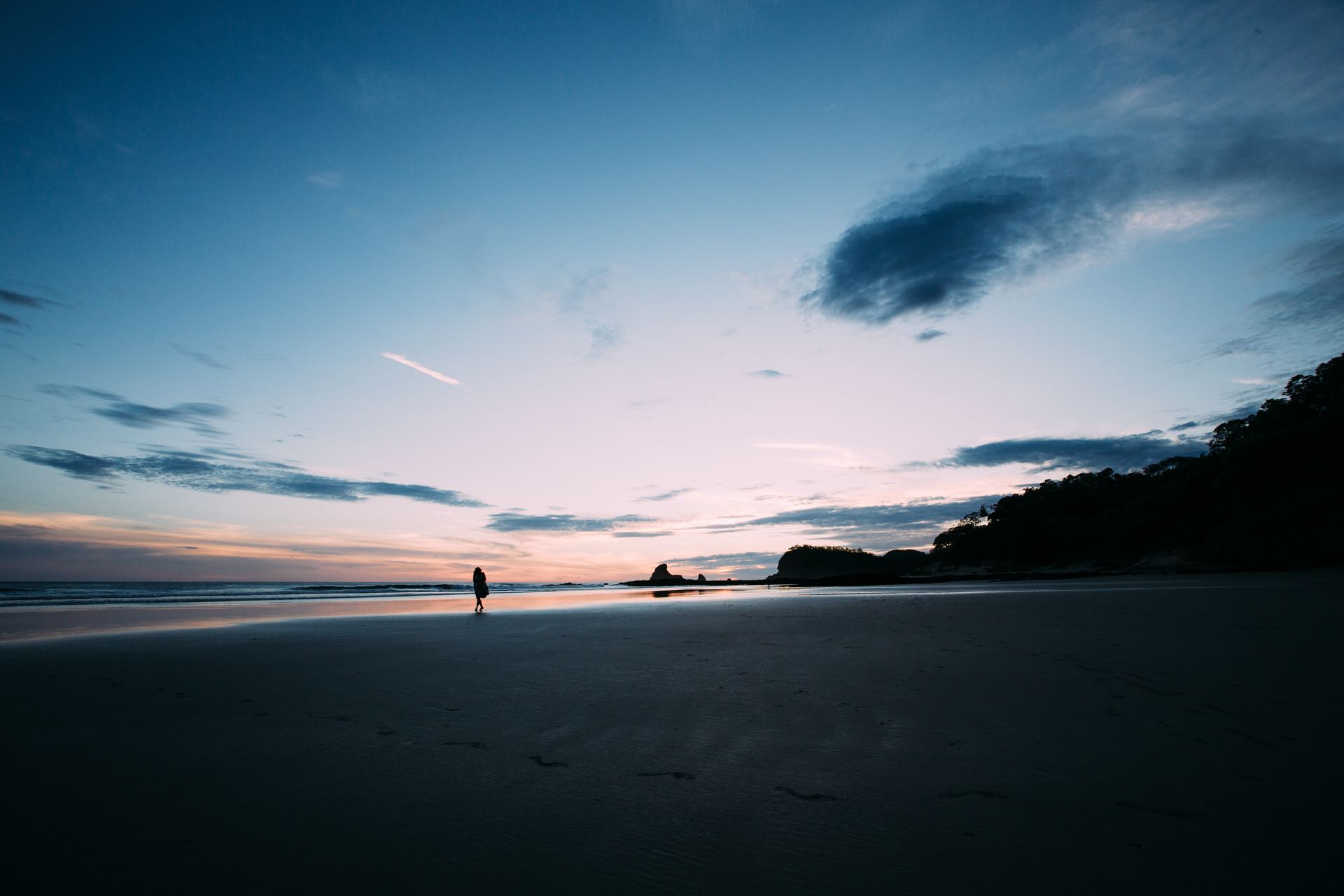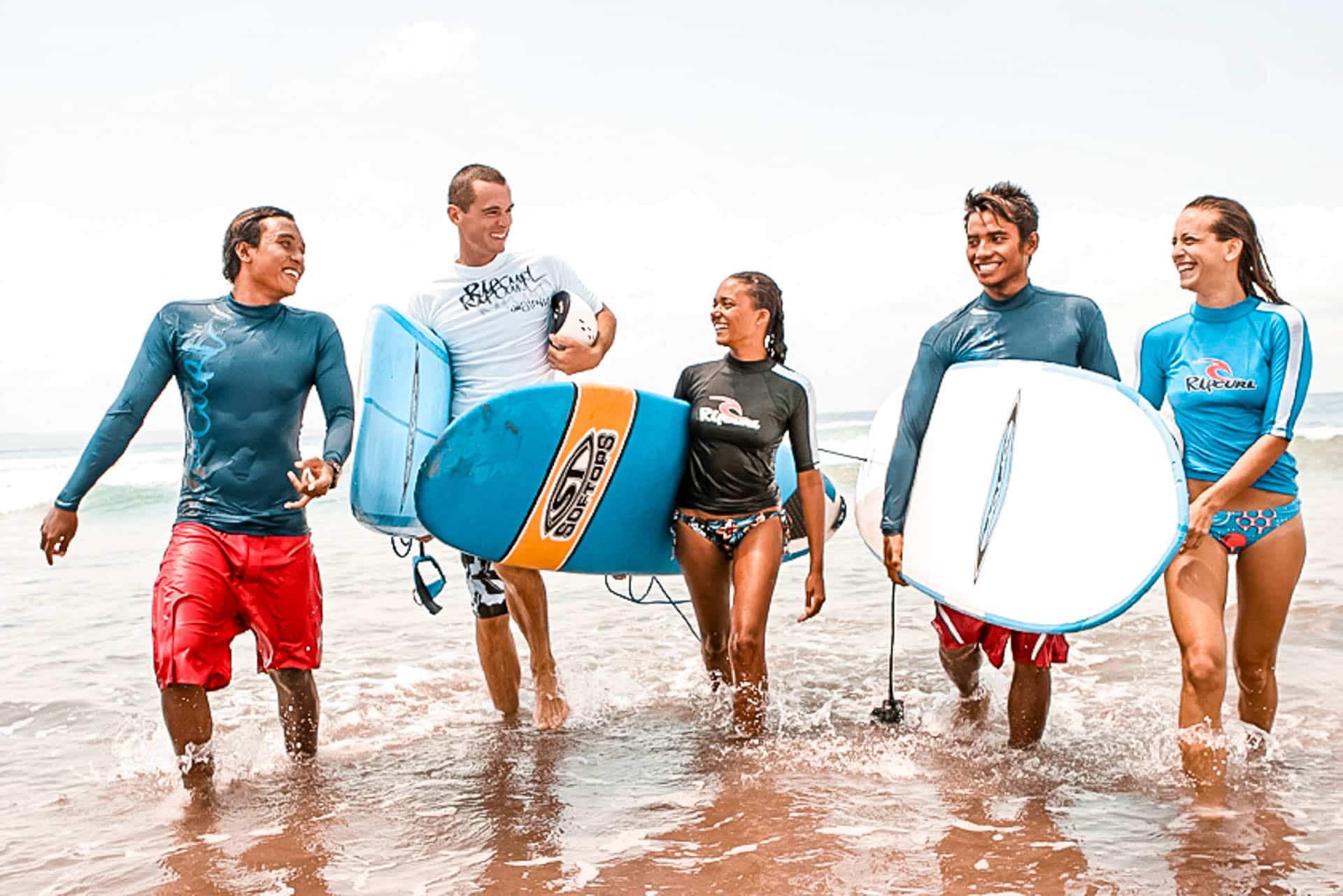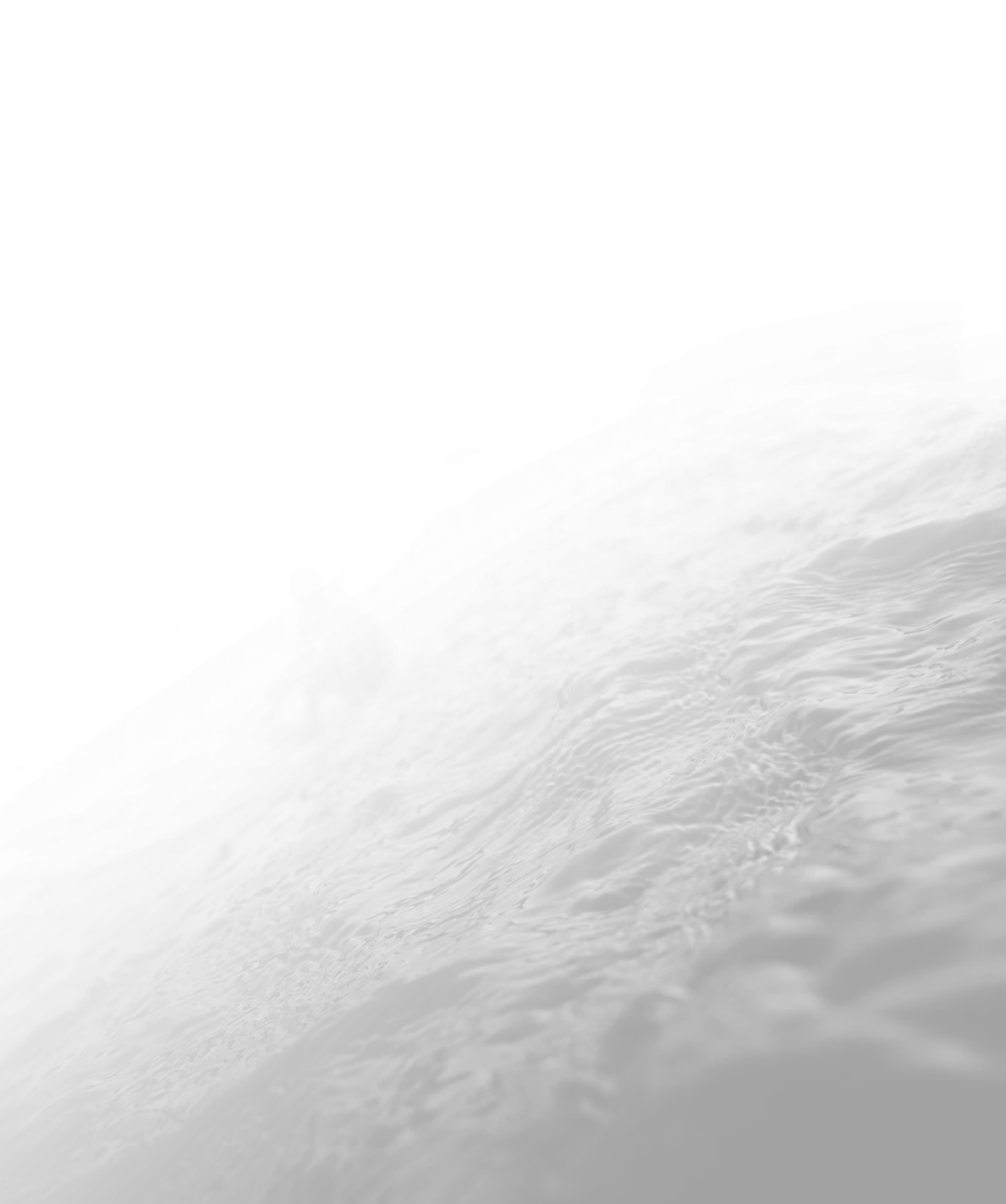Nicaragua is a fantastic surfing destination for visitors, thanks to ideal winds and consistent deep water. Surf in Nicaragua is mainly influenced by two of the country’s biggest lakes, Lake Nicaragua and Lake Managua. The strong winds from the Caribbean coast blow across the country and contribute to large swells and waves along the Pacific coast. The offshore wind effect makes this time of year conducive for surfing in southern Nicaragua.
The town of San Juan del Sur, on the southwestern shore, for example, is known for its surf communities. The beaches of Playa Maderas and Popoyo are two of the top destinations for surfing. On the northern shore, you will find decent breaks at beaches like Playa Manzanillo, Santana, and Colorado.
How is the weather in Nicaragua?
The country experiences two distinct seasons: the rainy or green season, and the dry season. The green season lasts from May through November and the dry season runs from December to April. Nicaragua’s rainy season offers some of the best months for surfing, bringing some surprisingly pleasant weather, consistent waves with the biggest swells, and steady offshore winds. Furthermore, during this period you’ll likely find more minimal crowds at the country’s popular surf spots and throughout its lush green landscape.
When is Nicaragua’s Rainy Season?
The rainy season in Nicaragua spans May to November, with occasional rain mainly at nights. During the green season, Nicaragua receives the most consistent and biggest swells with wave heights ranging between 4 feet (1.2 m) to 12 feet (3.65 m). Temperatures usually hover around 90°F during this time of the year. September to October is the peak of the rainy season and you may experience heavy rainfall and tropical storms during these months.
The wet season is also a great time for hiking, kayaking, and zip lining, thanks to balmy weather and the vibrant outdoors. Offshore fishing is also popular during this season.
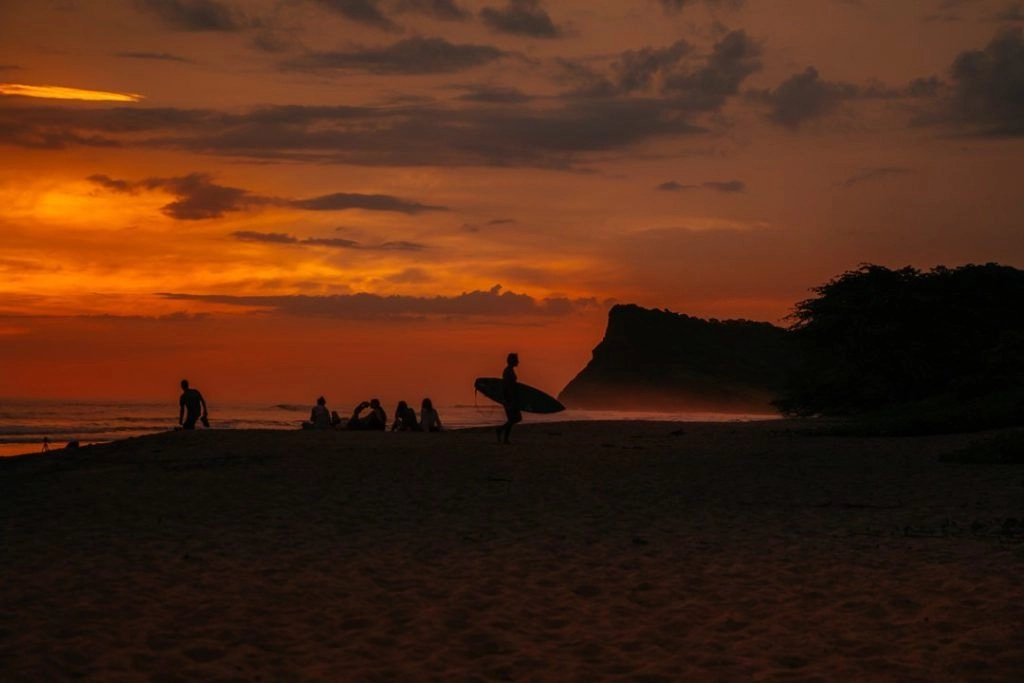
Benefits of visiting Nicaragua during the rainy season:
If you’re planning to visit Nicaragua during the wet season, here are some pros to consider:
1. Pleasant weather
May marks the beginning of the rainy season which typically brings down the temperature, so you’ll experience slightly cooler weather during this period. It also provides much-needed relief from the hot and humid weather.
2. Fewer crowds
If you travel during the off-season, you’ll find that the surf areas’ popular attractions, beaches, bars, and restaurants are less crowded compared to a large number of visitors in the prime season. You’ll even find that pristine beaches and surf spots are sometimes virtually empty. You’ll also be able to enjoy the charming landscape with minimal distraction from others during a hike.
3. Cheaper flights and hotels
Outside of the peak season, many hotels tend to drop their prices or provide good discounts on hotel booking. Similarly, the cost of flight tickets will be much cheaper compared to the peak season.
4. Nature at its best
During the wet season, the surrounding landscape becomes incredibly lush and green. The country’s forested areas shine in vibrant hues across nature’s spectrum.
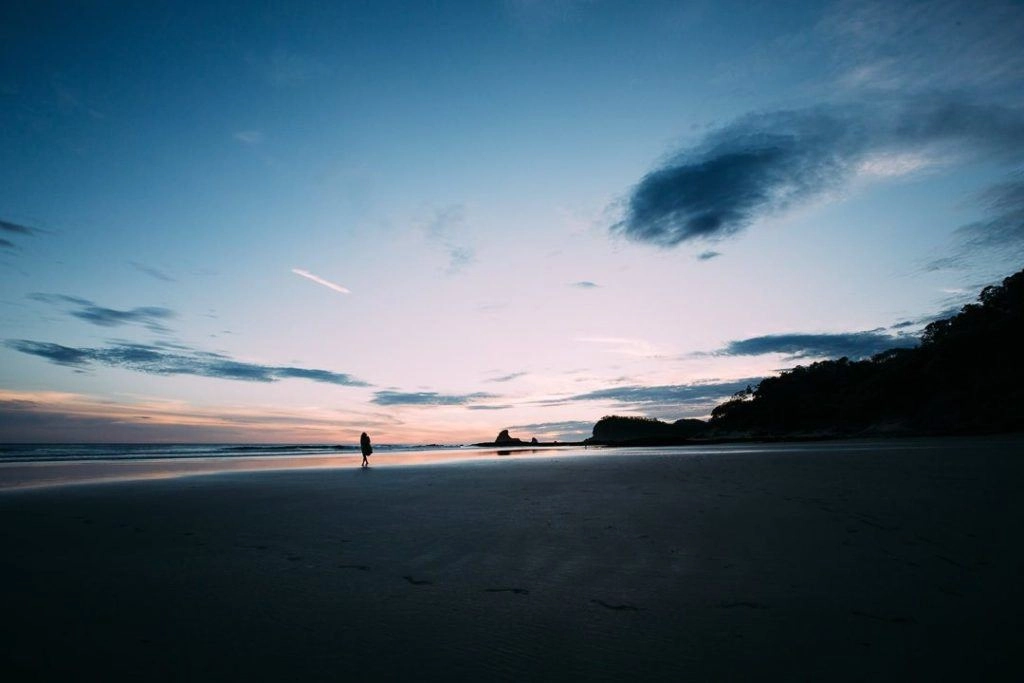
Best spots for surfing during the Wet Season
Nicaragua is home to plenty of surf spots with consistent waves and fewer crowds compared to its famous neighbor Costa Rica. The southern coast of Nicaragua offers some of the best waves, which appeal to a variety of skill levels.
Here are few major Nicaragua rainy season surf spots:
1. Popoyo Beach
Popoyo Beach is a surfers’ paradise, and only accessible by boat. The beach has two spots, the inner and outer reef. The inner reef is perfect for beginners. The outer reef provides a break over a shallow reef and should be avoided by novice surfers. The waves break to both right and left, producing solid waves ranging from 2 to 6 feet (.6 to 1.8 m), great for advanced surfers. These waves make the beach perhaps one of the most popular Nicaragua rainy season surf spots. May to September is the ideal time to visit Popoyo Beach, with lovely weather and minimal crowds.
2. Manzanillo Beach
Manzanillo Beach is easily accessible via charter boat from San Juan del Sur. The beach offers left-breaking waves over a reef. You will find a mild tide in rainy season, with winds from the northeast producing a bigger southwest swell. The waves can get as high as 12 feet at times, fantastic for experienced surfers.
3. Playa Maderas
Located along San Juan Del Sur, Playa Maderas is one of the most visited surfing destinations in the nation. The beach break is great for all skill levels. The inner section of the beach is ideal for those looking to learn surfing, while the outer section is more challenging and suitable to surfers more comfortable on their boards. In addition to fantastic surf, you’ll find several cafes along the beach.
4. Playa Colorado
If you are looking to get barreled, then Colorado beach is your best bet. The beach is located close to Hacienda Iguana and can be accessed by boat. Playa Colorado waves are more suitable for advanced surfers. However, novices and observers can also enjoy themselves here, as you’ll find a beach bar, restaurant, and nine-hole golf course near the beach.
5. Playgrounds
Situated north of Astillero, this beach is only accessible via boat. Playgrounds is a reef break and offers some of the best rippable waves in Nicaragua. The left-hand point break is longer than the right-hand point break. You can enjoy both long as well as shortboards. The wave usually starts at chest high and rises up to double-overhead. This beach is perfect for various skill levels. You’ll find fewer crowds during the rainy season on the beach. With gentle offshore winds, waves are usually stronger in the morning.
6. Maderas Beach
Madera is a favourite surfing spot for locals, so it can get crowded at times. Average waves range from 2 to 6 feet (.6 to 1.8 m). The beach offers both left as well as right-breaking waves. In the wet season, this beach offers a great swell during both mid and high tide, although it gets weaker during the low tide. So if you’re looking for something a bit different when visiting Nicaragua—whether it’s surf-enticing waves, checking out the island’s natural wonders, or just getting away from the hustle and bustle—the rainy season may have just what you’re looking for.
Discover the thrill of the waves with Rapture Surfcamps in Nicaragua. Immerse yourself in the beauty of pristine beaches and a lively surf community. Secure your spot now for an unforgettable surfing adventure.
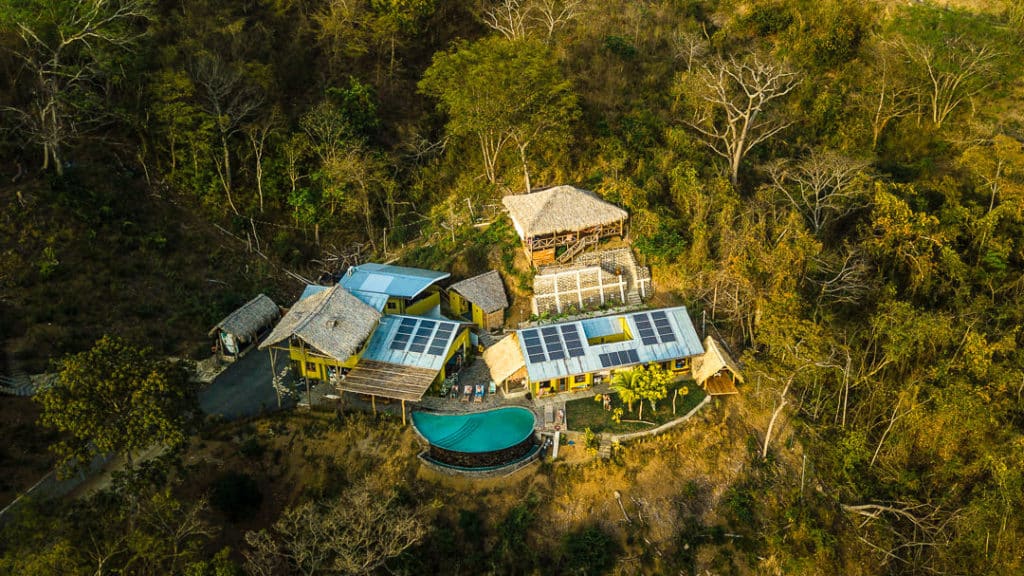
What are you waiting for? JOIN US IN NICARAGUA
Amazing accommodations and year-round Surf Lessons with qualified Surf Instructors!
Surfing in Nicaragua is veritably perfect all year round. No matter at what time or level of experience you arrive with, our team will always bring you to the spots suiting you best!
OUR SURF SCHOOL